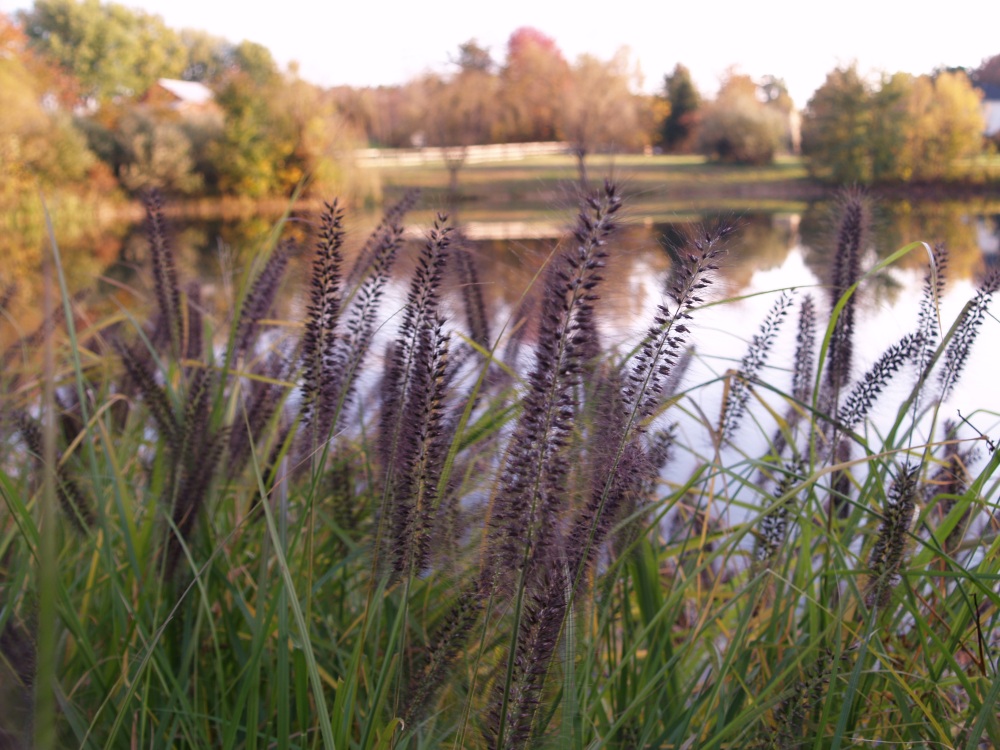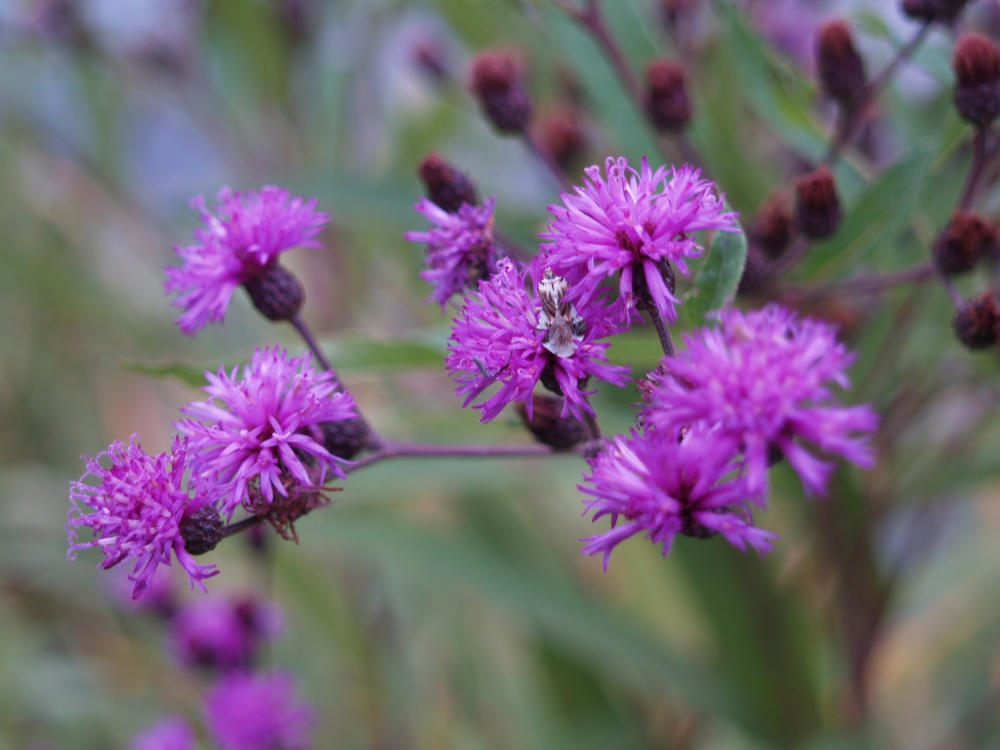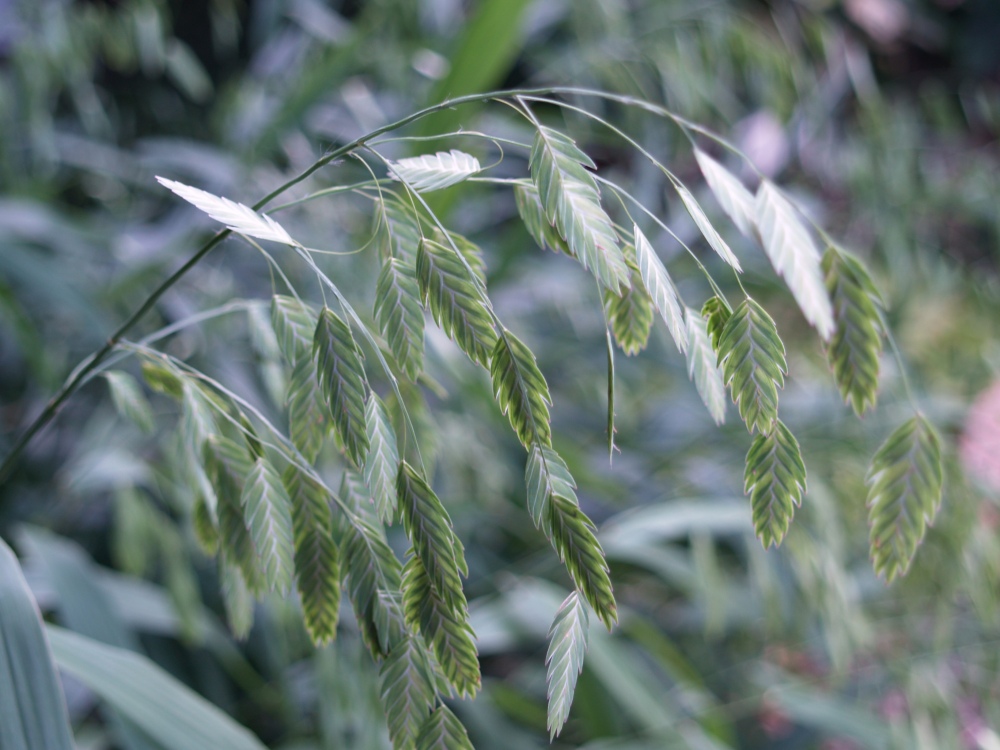The black flowering fountain grass (Pennisetum alopecuroides ‘Moudry’) is a lovely plant, though its foliage is perhaps a bit stiff and not as graceful as other grasses. Its black seeds are more dramatic than other fountain grasses, and the seedheads are more numerous so that it makes a splendid show in early autumn.
Long ago, I grew the black flowering fountain grass, but it began to seed itself about and I quickly rid the garden of it. In recent years black fountain grass has reappeared surrounding the margins of the local farm pond, and I don’t know whether to call this invasive or just aggressive. The proper definition of an invasive alien is that it displaces a native, but I don’t know what native it could have crowded out in this spot, so I’m not certain that it has. I am convinced, however, that it is a nuisance.
It seems that in past years there were more native asters and ironweeds at the pond’s edge, and still there are some, but this could be more a matter that weedy trees and shrubs have sprouted beside the pond so that there are fewer areas of full sun. In any case, from this observation I’m happy that the fountain grass was chopped out of my garden, and I’m confident enough time passed that the seeds did not originate in my garden.
I’m afraid that scattered silver grasses (Miscanthus sinensis ‘Gracillimus’) growing in the meadow beside the pond could have originated in my garden, though it is a safe bet that this popular ornamental grass is grown elsewhere in the neighborhood. Along with other grasses, the miscanthus faded and disappeared from my garden as it became more shaded, and I’ve not been sad to see them go.
Fortunately, the silver grass seems to be losing the battle against vigorous briars and brambles on this hillside meadow, so my concern has eased a bit. Perhaps one problem has been replaced by another, but blackberries seem to proliferate at a slower pace.
Other miscanthus and pennisetem varieties are not prone to seeding to become problems, though I have a dickens of a time with Northern Sea oats (Chasmanthium latifolium, above). The native sea oats grow wonderfully in part shade, and they don’t spread very far, so it’s not a problem except that I have to pull a few hundred seedlings each year. My wife is not enthused at all by this weediness, but I’ve managed to keep up with it. I’ll recommend sea oats only with the warning that it might become a maintenance problem, but it’s not likely to take over the neighborhood.
Dave, a technical question. When I read your blogs in their email form, the text wraps around the images on the right. Yet on this web page there is no wrapping. When I read the blog via email, it gets a bit confusing when you refer to the “above” or “below” photo in text to the right of a photo, when the reference is often to the photo on the side.
Any way to fix this?
Don, I figure that the hosting site has formatted their templates for the full page format, and not for email previews. I’m afraid there’s no way I can change this. I’ll take a look again at captioning the photos. I think that would solve the problem.